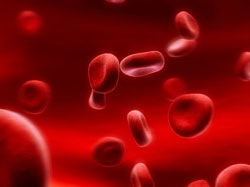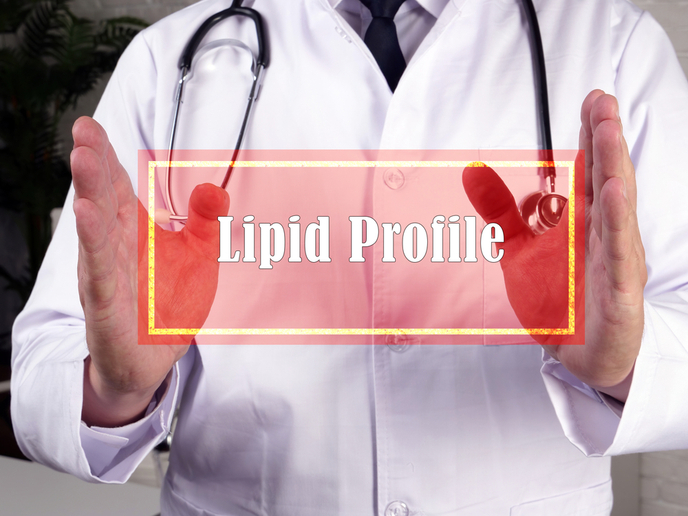Understanding iron metabolism in cells
The EC-funded NUTRIENT IRON TOXICI project focused on the damage attributed to NTBI in the endothelium and in the liver. Furthermore, partners investigated the potential of innovative methods for NTBI measurement and the development of medications that can chelate iron effectively. King's College London concentrated on the identification of proteins involved in the transport and metabolism of iron and hence important for the overall metabolic balance in cells. Researchers focused their efforts on iron transported by what is known as haem, a molecule containing an iron atom in the centre of a heterocyclic organic ring. This type of iron transporter makes up one of the most important sources of dietary iron in carnivores and omnivores. Studies verified the presence of a specific haem transporter in the intestinal cells, a key element in the absorption of nutritional iron. HCP1 (haem carrier protein 1) was identified in the duodenum as a key protein involved in haem uptake in a temperature dependant manner. Furthermore, HCP-1 was shown to be iron-regulated. It is likely that the identification of HCP-1 could lead to a clearer understanding of iron-involving cellular mechanisms and thus new approaches targeting HH pathology.







